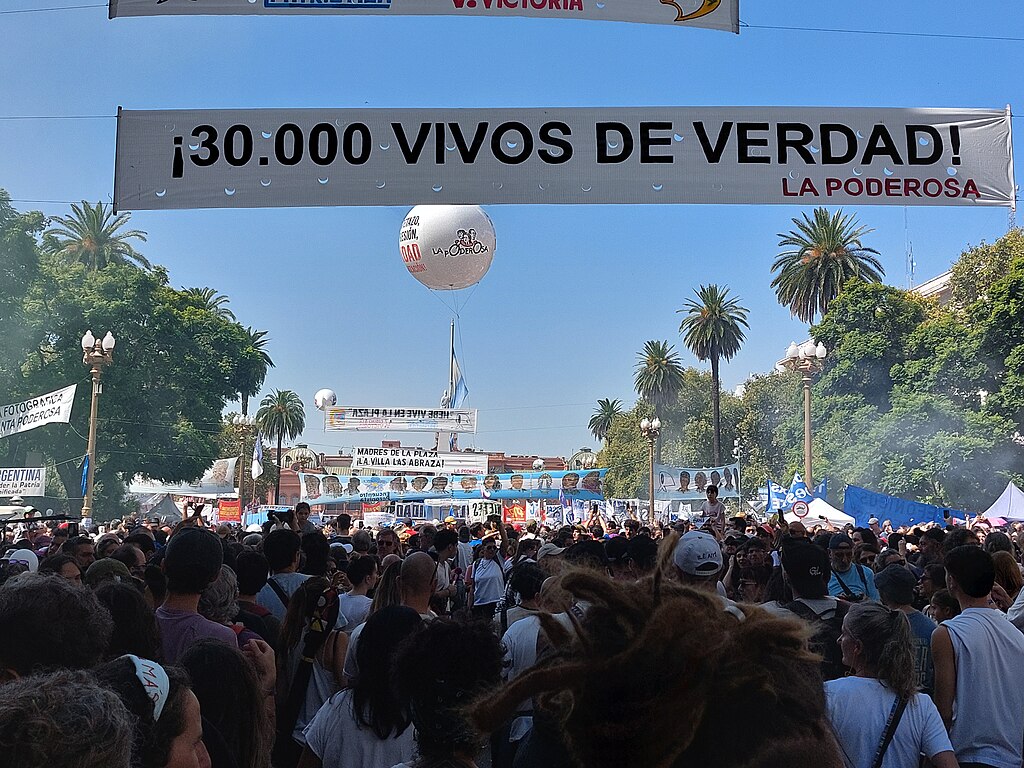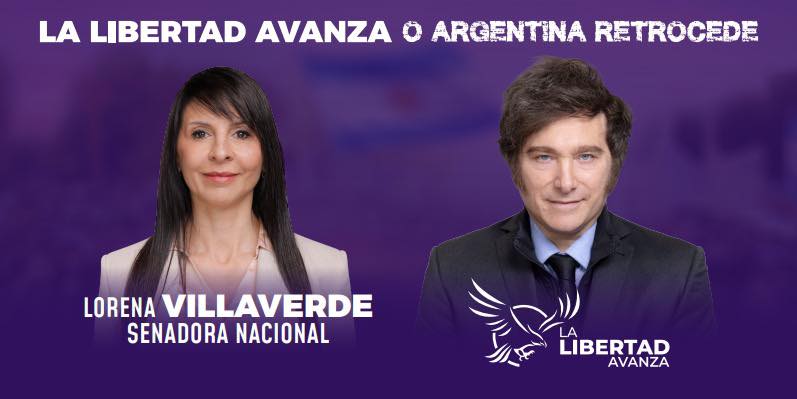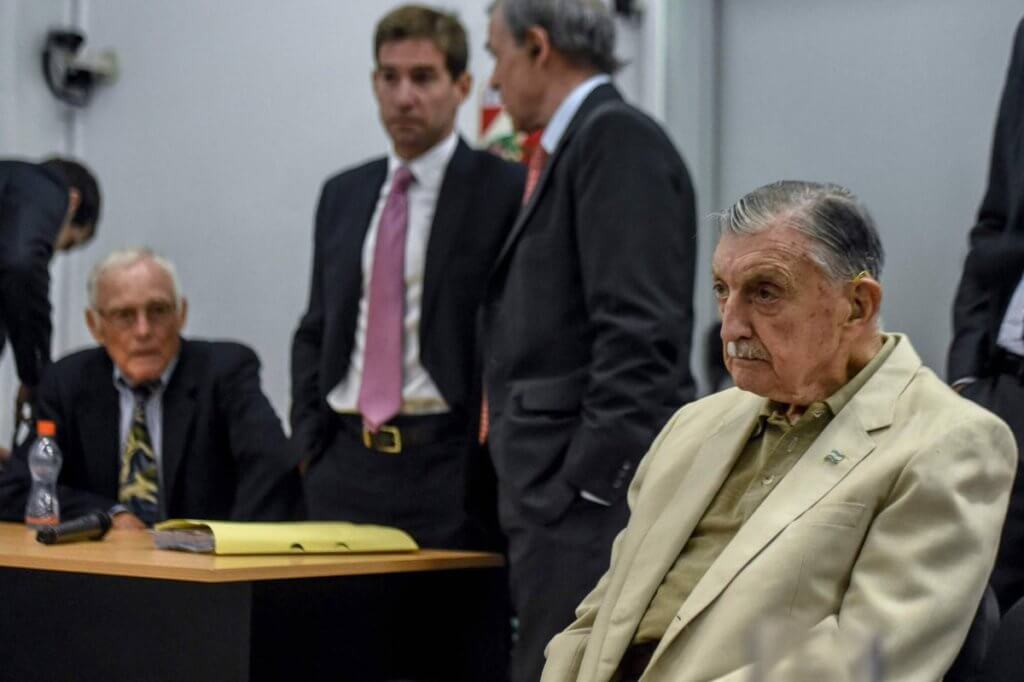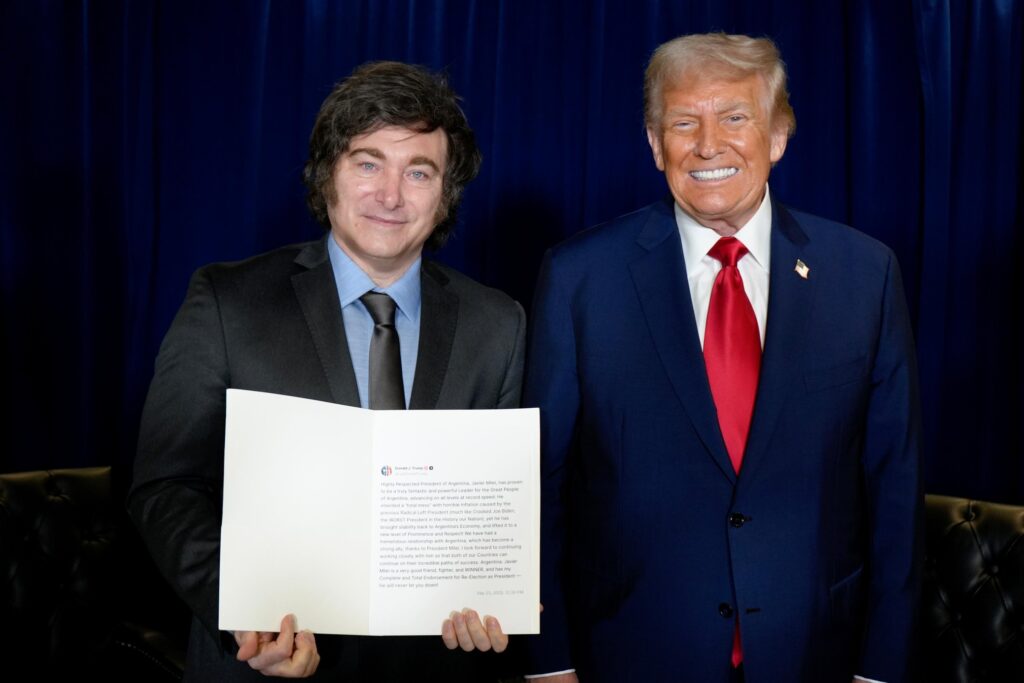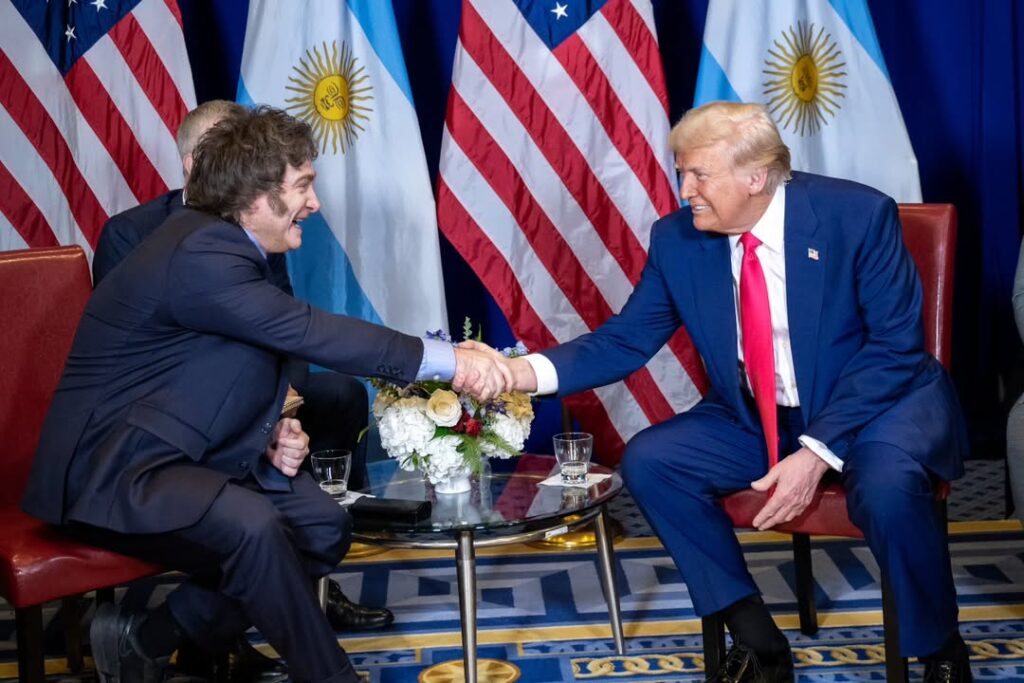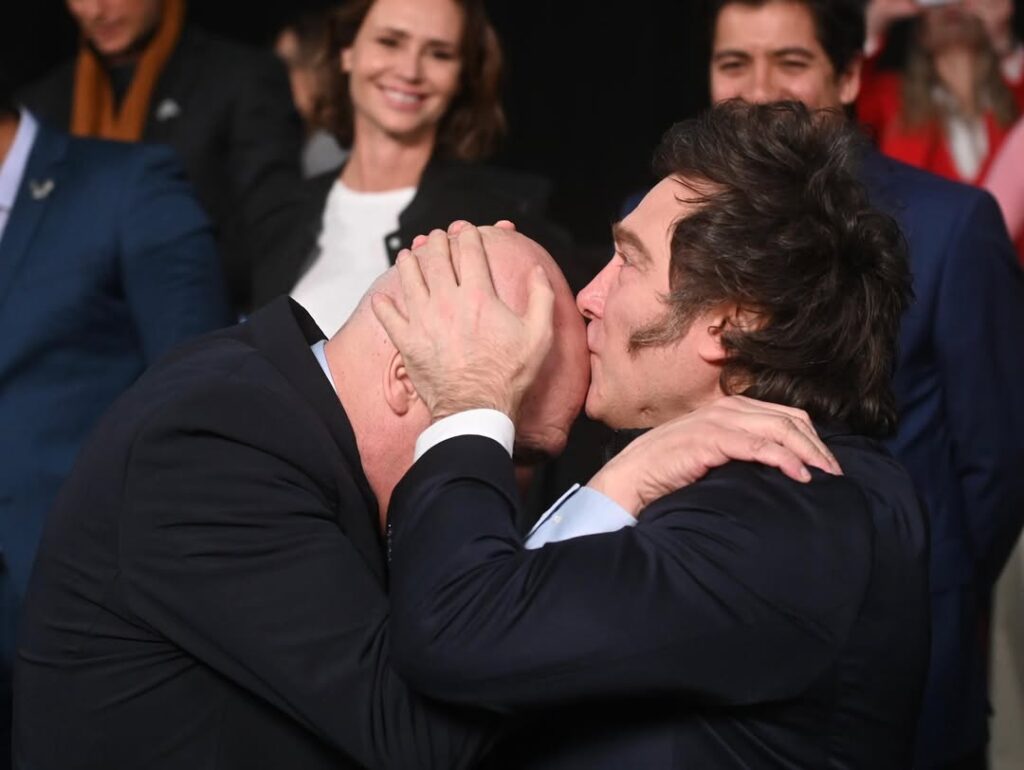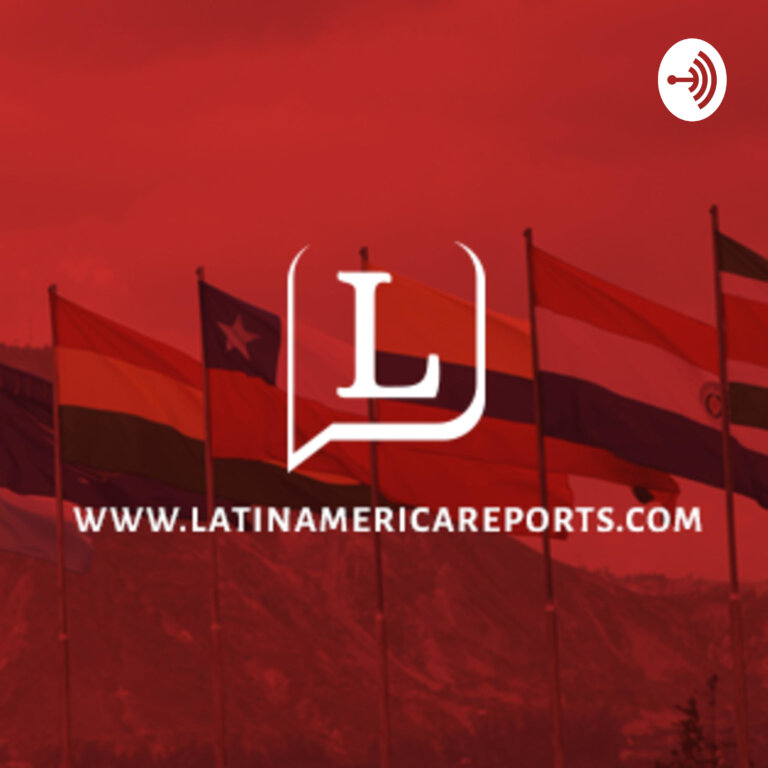Buenos Aires, Argentina — The official X account of Argentina’s president’s office posted a video last week which attempted to question the number of people who were forcibly disappeared during the country’s brutal military dictatorship, which lasted from 1976 to 1983.
The video — which was posted on March 24, National Memorial Day, a day which commemorates the victims of the military junta’s “Dirty War” — was another attempt by right-wing President Javier Milei to shift historical consensus about the well-documented history of political violence in Argentina in the 1970s and 80s.
By sharing the video, Milei’s administration is attempting to reboot the discredited “two demons theory” used in court by military junta members prosecuted for human rights abuses. This interpretation of the 1970s political violence claims that the conflict between the de facto government and the revolutionary movements was fought on the same level of conditions, in terms of military and economic resources.
Over the years, a political and historiographical consensus grew around a different view of the facts: the guerrilla forces could never have had enough power to defeat the state army.
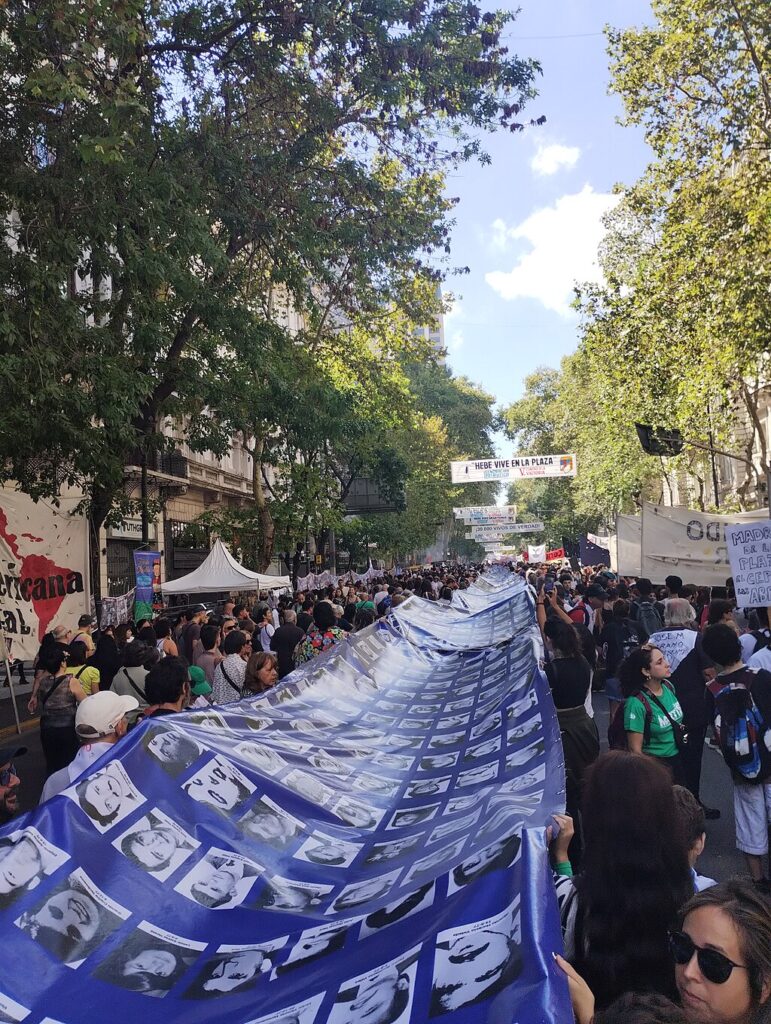
On March 24, as thousands of Argentines took to the streets to take part in one of the largest “Day of Remembrance for Truth and Justice” marches in recent years according to journalists from AFP, the Milei administration posted the 13-minute documentary-style video to social media. The video was filmed in the Casa Rosada presidential palace, and has received criticism from historians, politicians and human rights organizations.
At the center of the controversy, the video attempts to discredit the number of people said to have been disappeared by the military junta over their seven-year rule: 30,000. This figure is an estimation built as a result of different sources from human rights organizations and official declassified archives. There exist only estimates because the military junta never revealed the number of people it disappeared through its brutal system of repression.
In the video, Luis Labraña, an alleged ex combatant from the Montonero revolutionary guerrilla movement, said that during his exile in Holland, he fabricated the 30,000 number of disappeared people.
Additionally, the video’s host, Juan Bautista Yofre, a former intelligence director during the 1990s, took aim at National Memorial Day for not also recognizing victims of leftist guerrilla violence during the Dirty War, and criticized the government’s reparations scheme for only repaying victims of state violence.
While Bautista’s claim holds some truth, following Argentina’s restoration of democracy in 1983, political leaders at the time made it a priority to seek justice for the military junta’s widespread crimes against humanity.
This video is an attempt by Milei’s administration to revise the narrative surrounding one of the most difficult period’s in Argentina’s history.
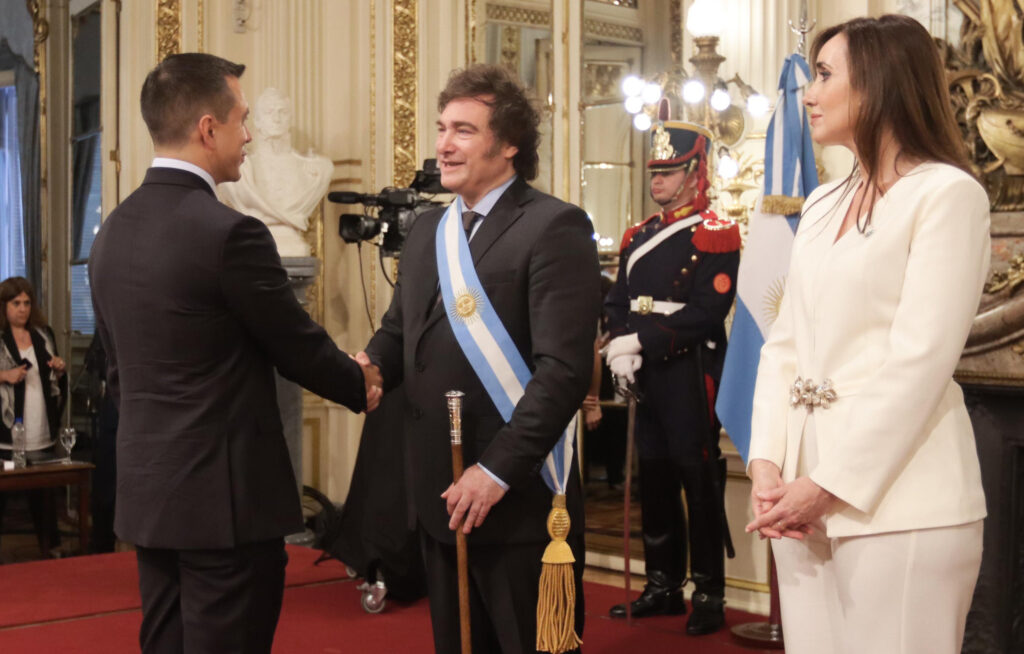
Backlash from the government’s video
Following the video’s posting, the government immediately began to receive push back from citizens, scholars and human rights activists.
Camila Perochena, a historian at Torcuato Di Tella University, told Argentina Reports that the “complete memory” portrayed in the Milei government’s video, actually, isn’t that complete.
“It’s a very biased kind of memory, because the video showed up on the anniversary of the start of the dictatorship and does not refer to the crimes of state terrorism,” she said.
According to Perochena, Milei’s government challenges different political approaches to history, especially approaches linked to former Presidents Cristina Fernández de Kirchner (2007 to 2015) and Raúl Alfonsín (1983 to 1989).
“During the Kirchnerist governments, there was a romantic idealization of the 1970s’ armed organizations and young activism. Milei goes in the opposite direction,” Perochena said.
“Since the eighties, during Alfonsín’s administration, in Argentina there is a legal and historiographical consensus which says that what happened during the seventies was not a war. There was a clear lack of power balance between the regular army and the armed organizations.”
According to Hernán Confino, a historian at San Martín National University, Milei’s administration video was inspired by Vice President Victoria Villarruel’s view of the legacy of the dictatorship.
Villarruel’s father, Eduardo Villarruel, is a military veteran of the war in the Malvinas and reportedly took part in repression against armed revolutionary organizations during the 1970s. In 2006, amidst a wave of trials involving retired military officials accused of crimes against humanity, Victoria Villarruel founded the Center of Legal Studies over Terrorism and its Victims (CELTYV), an organization that calls for recognition of victims of leftist guerrilla attacks during the “Dirty War.”
“CELTYV tries to match the different kinds of violence in those years focusing on the results, that is the victims, but without the proper historical context,” Confino said. According to CELTYV estimations, around 1,000 people died during the 1970s as a result of guerrilla actions.
Marcela Perelman heads investigation teams at the Center of Legal and Social Studies (CELS), a human rights organization founded during the dictatorship. She told Argentina Reports that the government’s video aims to deny the worst sides of the military intervention in politics and democracy in Argentina during the last century.
“This way of telling what happened in the past is intimately related to the security official agenda. They seek the intervention of the armed forces in the present,” Perelman said.
During a recent press conference, Security Minister Patricia Bullrich said, “We need to bring the army into democracy with all its strength.” Bullrich supports changes in the Homeland Security Law, which nowadays doesn’t allow armed forces to intervene on internal security issues like drug trafficking.
“Argentina is a model to the world in terms of social memory, truth and justice on state terrorism. It’s been a process carried out through the different governments since 1983,” Perelman said.


